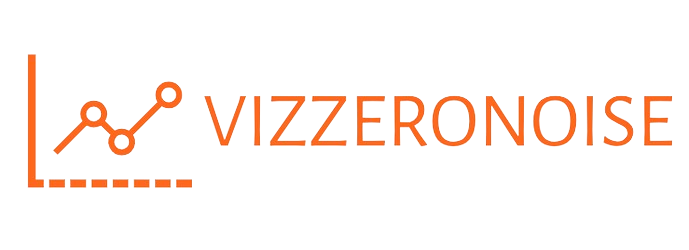
Understanding Stagflation: Navigating Economic Challenges
The Concept of Stagflation
Stagflation, a term coined during the 1970s, refers to a rare economic phenomenon characterized by a simultaneous occurrence of stagnant economic growth, high unemployment rates, and rising inflation. Traditionally, economists believed that inflation and unemployment had an inverse relationship, known as the Phillips curve. However, stagflation presents a perplexing scenario where both inflation and unemployment escalate simultaneously, creating a challenging economic environment.
Causes of Stagflation
Several factors can contribute to the emergence of stagflation. One significant cause is supply-side shocks, such as sudden increases in oil prices or disruptions in the supply chain. These shocks disrupt production processes and drive up the cost of goods and services, leading to inflationary pressures. Additionally, factors like excessive government spending, tight monetary policies, and labor market inefficiencies can exacerbate stagflationary conditions by constraining economic growth while fueling inflation.
Effects on the Economy
Stagflation poses significant challenges to policymakers, businesses, and individuals alike. The combination of stagnant growth and rising prices reduces consumer purchasing power, dampens consumer confidence, and hampers investment, thereby stifling economic activity. High inflation erodes the value of savings and fixed incomes, while unemployment strains social welfare systems and exacerbates income inequality. Moreover, stagflationary conditions can lead to heightened uncertainty and volatility in financial markets, further undermining economic stability.
Impact on Businesses and Consumers
For businesses, navigating stagflation requires careful strategic planning and adaptation. Rising input costs, such as energy and raw materials, squeeze profit margins, necessitating adjustments in pricing strategies or cost-cutting measures. Uncertainty about future economic conditions may also delay investment decisions and expansion plans. Similarly, consumers face challenges as their purchasing power diminishes amidst rising prices. They may be forced to prioritize essential expenditures, curtail discretionary spending, or seek alternative products and services that offer better value for money.
Government Response and Policy Implications
Governments often employ a combination of monetary and fiscal policies to address stagflation. Central banks may adopt tighter monetary policies, such as raising interest rates or reducing the money supply, to combat inflationary pressures. However, these measures risk exacerbating unemployment and further dampening economic growth. Fiscal policies, including tax cuts or increased government spending on infrastructure projects, aim to stimulate demand and spur economic activity. Nevertheless, striking the right balance between inflation control and growth promotion remains a delicate task for policymakers.
Strategies for Individuals and Investors
Amidst stagflationary conditions, individuals and investors must adopt prudent financial strategies to safeguard their interests. Diversifying investment portfolios to hedge against inflation, focusing on assets like commodities, real estate, or inflation-protected securities can help preserve wealth. Additionally, maintaining a robust emergency fund and managing debt levels prudently can provide financial stability during periods of economic uncertainty. Moreover, individuals may consider acquiring new skills or pursuing education to enhance employability and adapt to changing economic conditions.
International Perspective and Global Implications
Stagflation is not limited to a single country but can have global ramifications. Economic interdependencies mean that shocks in one region can reverberate across borders, amplifying stagflationary pressures worldwide. International cooperation and coordination among policymakers are essential to mitigate the adverse effects of stagflation and promote sustainable economic recovery. Moreover, emerging economies with weaker institutional frameworks and limited policy flexibility may face heightened challenges in navigating stagflationary environments.
Long-Term Economic Resilience
Building long-term economic resilience involves addressing structural imbalances and enhancing productivity growth. Structural reforms aimed at improving labor market flexibility, reducing regulatory burdens, and fostering innovation can enhance economic dynamism and competitiveness, making economies more resilient to external shocks. Investing in education, infrastructure, and research and development also lays the foundation for sustainable growth and prosperity, helping economies withstand stagflationary pressures and thrive in an increasingly complex global landscape. Read more about stagflation

